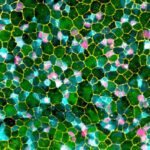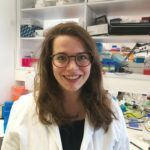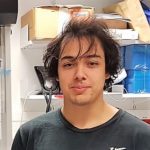Link to Pubmed [PMID] – 32695781
Link to DOI – 10.3389/fcell.2020.00525
Front Cell Dev Biol 2020 ; 8(): 525
Adult neurogenesis, i.e., the generation of neurons from neural stem cells (NSCs) in the adult brain, contributes to brain plasticity in all vertebrates. It varies, however, greatly in extent, location and physiological characteristics between species. During the last decade, the teleost zebrafish (D. rerio) was increasingly used to study the molecular and cellular properties of adult NSCs, in particular as a prominent NSC population was discovered at the ventricular surface of the dorsal telencephalon (pallium), in territories homologous to the adult neurogenic niches of rodents. This model, for its specific features (large NSC population, amenability to intravital imaging, high regenerative capacity) allowed rapid progress in the characterization of basic adult NSC features. We review here these findings, with specific comparisons with the situation in rodents. We specifically discuss the cellular nature of NSCs (astroglial or neuroepithelial cells), their heterogeneities and their neurogenic lineages, and the mechanisms controlling NSC quiescence and fate choices, which all impact the neurogenic output. We further discuss the regulation of NSC activity in response to physiological triggers and non-physiological conditions such as regenerative contexts.




